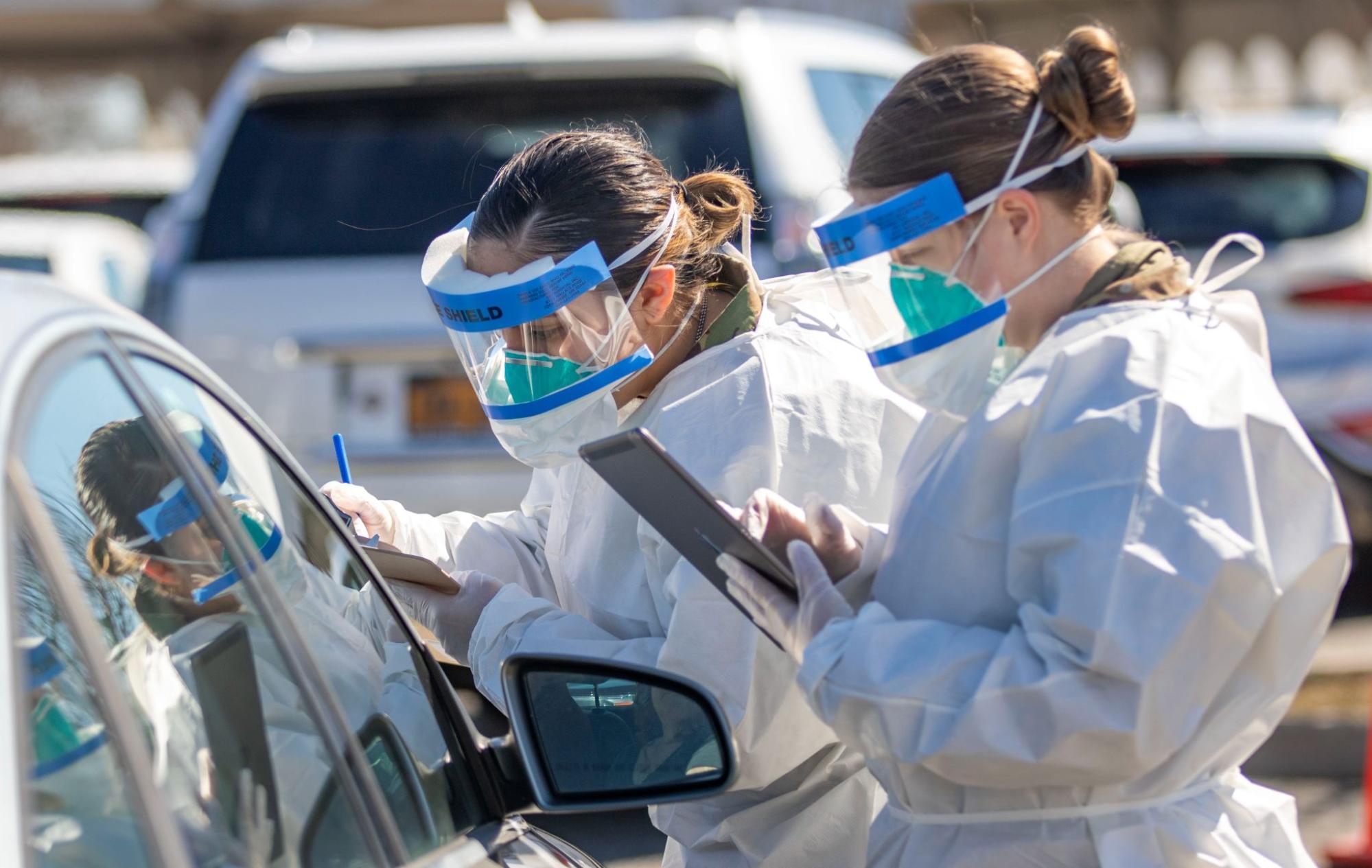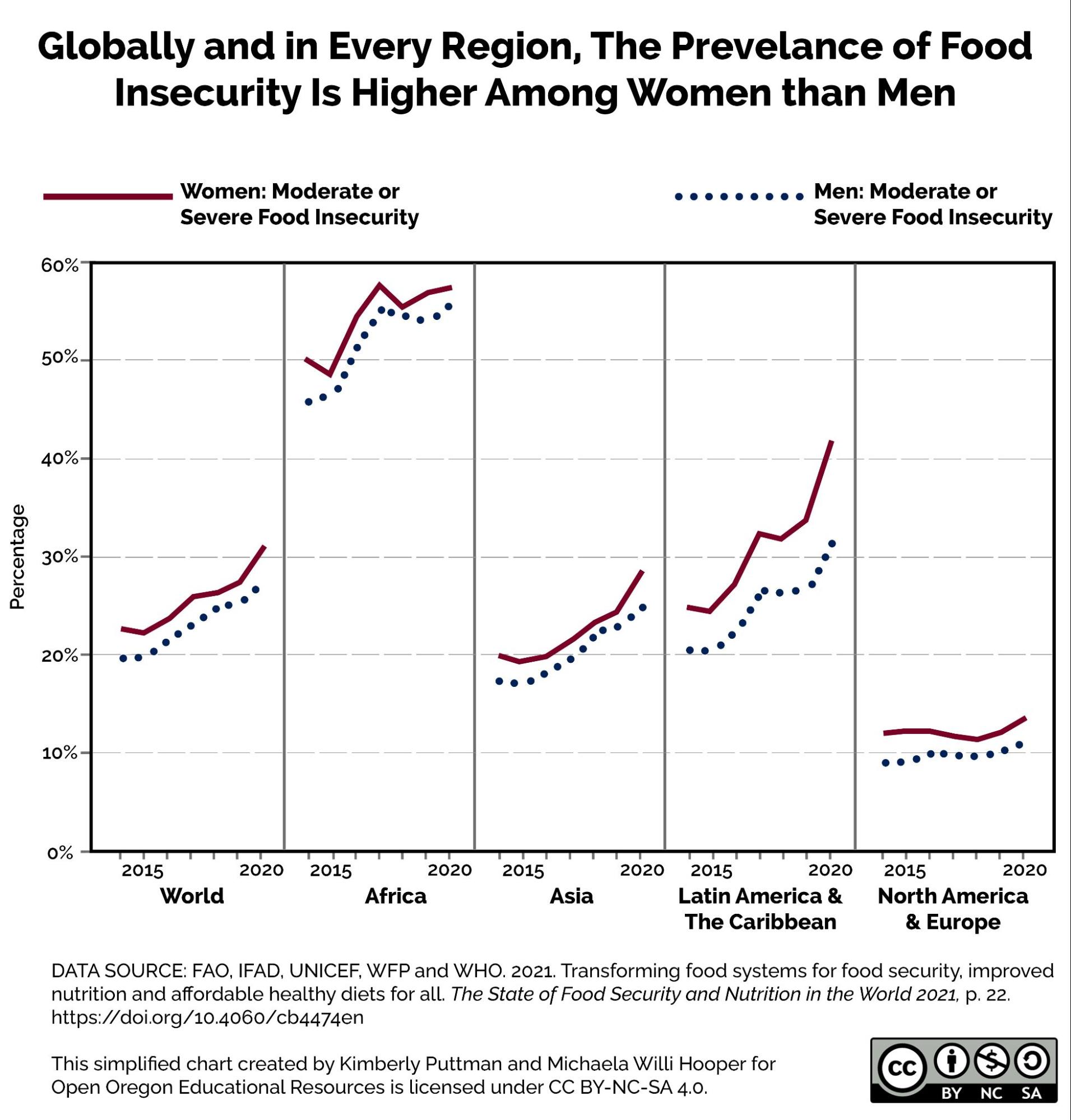Y2 Unit 7.3: Integrating Student-Centered Figures
In Year 1, Unit 8, we explored how to make figures essential, aligned, and accessible. This section will look at examples of student-centered figures that are integrated with the surrounding text and meaningfully described with figure captions. Authors integrate figures into content already in the text and align each figure with the project’s equity goals and learning objectives. This is where you are heading.
In the section after this one, we offer a reminder about how to find or develop figures to fill gaps.
Integrating Figures Example 1
In the “Rethinking Incarceration for People with Mental Disorders” chapter of Mental Disorders and the Criminal Justice System, author Anne Nichol aims to help students “evaluate settings where people with mental disorders may be incarcerated, considering the competing concerns and needs of the individual and the facility.” To show the different facilities that make up the U.S. incarceration system, the author worked with a Media Developer to create an infographic. The figure reference in the preceding paragraph, along with the figure caption, help students understand why the figure is included and how to contextualize this information. We’ve reproduced how the author does this in the box below; to see what the figure looks like in Anne’s book, visit 7.2 Custodial Environments for People with Mental Disorders [Website].
Notice how the figure below is integrated into the text:
- The author references the infographic by figure number in the paragraph preceding it, describing in particular the difference between federal and state systems.
- The figure caption connects the complex systems to the chapter theme of how people with mental disorders are affected by them.
This figure caption also includes a link to the image description, as the infographic is a complex image that can’t be described in 10 words. The image description relates visual information that is not otherwise available to users who have no or low vision.
Custodial Environments for People with Mental Disorders
Because so many people in our jails and prisons have mental disorders – upwards of 40 percent by some estimates and even higher by others – all custodial environments are places where people with mental disorders may be incarcerated. The image in figure Y2 7.3 highlights the major components of corrections in the United States. The criminal justice system is divided into state and federal systems at the law enforcement level. Federal officials enforce federal laws, and state or local officials (e.g., police, sheriffs) enforce state or local laws. State law violations are referred to local prosecuting attorneys and handled in state courts, while federal crimes are referred to federal prosecutors working in federal courts. Pre-trial detention and short terms of punishment are typically carried out within the system (state or federal) where a person is charged with a crime. If a lengthy sentence is imposed after conviction, the person will be transferred to prison in the system in which they were charged.

Integrating Figures Example 2
In the “Health, Safety, and the State” chapter of Changing Society, author Aimee Krouskop asks students to illustrate how groups experience health, safety, and security in the United States differently, and how government plays a role. In the introductory chapter section “Covid-19 And Police Reform: Rethinking Safety For All,” the author includes a figure to demonstrate how government action determines health outcomes for different states. We’ve reproduced how the author does this in the box below; to see what the figure looks like in Aimee’s book, visit 7.2 Chapter Story [Website].
Notice how the figure below is integrated into the text:
- The author references the figure in the surrounding text, describing how COVID-19 spread throughout the country differently depending on resources and government role.
- The visual information in the figure is topical and engaging, illustrating health workers in protective gear assessing patient needs in parking lots while maintaining social distancing.
- The figure caption shows how the image connects to the chapter learning objective on disparities in access to medical care.
Covid-19 And Police Reform: Rethinking Safety For All
…Domestic abuse rates in the United States saw a drastic increase with lockdowns and pandemic restrictions (Mineo 2022). Additionally, many people were forced to continue to work and expose themselves to COVID-19. Hospitals were overflowing with patients in some areas because of the mass increase in hospitalizations. In 2022, over 1 million people died from COVID-19 in the United States alone (“United States” n.d.).

…Additionally, communities in the United States suffered needlessly. While some states acted swiftly to provide vaccines and mask mandates (figure Y2 7.4), others provided few to no resources for their residents. This resulted in unequal and sometimes inaccurate depictions of how COVID-19 spread throughout the country.
Revising Figure Captions
This section takes a deeper dive into the craft of writing figure captions that prompt the reader to make deeper connections with the chapter learning objectives. For a review of using captions to show alignment, visit Year 1, Unit 8.
Here are a few examples of what student-centered captions are not:
- An attribution statement showing the source and license of the content (this belongs in your Licenses & Attributions section)
- A label stating what the figure is (this belongs in the alt text for students who can’t access the image).
The examples below show how figure captions can be revised to be more student-centered and integrate the media into the text.
Figure captions example 1
This example shows how figure captions prompt readers to connect with the chapter themes more deeply through reflecting on lived experience. The first caption, below, is a label that functions like alt text. The second caption identifies the image with more detail and asks a question.

- Figure Caption 1: Figure Y2 7.5. Activist Tarana Burke.
- Figure Caption 2: Figure Y2 7.5 Black activist Tarana Burke is the founder of the #MeToo Movement. How has #MeToo changed your willingness to talk about sexual violence or to take action?
Both examples contain figure numbers and concise statements. However, the improved version helps students focus on key concepts and encourages critical thinking.
Figure captions example 2
Captions for complex images connect with chapter learning outcomes and provide a pointer to the long image description with the linked phrase “Image description available.” In this example, the first caption describes the chart, while the second caption shows the reader where to focus and includes a prompt that connects to the chapter theme.

- Example 1: Figure Y2 7.6. Chart illustrating higher food insecurity among women.
- Example 2: Figure Y2 7.6. In this chart, we see that women experience more food insecurity than men, in every region of the world. In Africa, more than half of all people experience hunger. This rate of food insecurity has also increased around the world between 2015 and 2020. How do you think COVID-19 might have impacted world hunger? Image description available.
In this example the original figure caption contains a figure number and highlights the primary point the chart illustrates. However, the improved figure caption provides more details such as the upward trend towards 2020, and encourages students to think critically about how COVID-19 may have affected global food insecurity.
Licenses and Attributions for Integrating Student-Centered Figures
Open content, original
“Integrating Student-Centered Figures” by Open Oregon Educational Resources is licensed under CC BY 4.0.
Open content, shared previously
“Health, Safety, and the State” excerpt is from Changing Society by Aimee Samara Krouskop, licensed under CC BY SA 4.0. Edited to integrate into this chapter’s context.
“Custodial Environments for People with Mental Disorders” excerpt is from Mental Disorders and the Criminal Justice System by Anne Nichol, licensed under CC BY NC 4.0. Edited to integrate into this chapter’s context.
Figure Y2 7.3. “U.S. Incarceration Infographic” by Kendra Harding and Michaela Willi Hooper, Open Oregon Educational Resources is licensed under CC BY 4.0. Images: “CDCR – Richard J. Donovan Correctional Facility by Don Ramey Logan” by Don Ramey Logan is licensed under CC BY 4.0; “Special Agents” by Bureau of Alcohol, Tobacco, Firearms and Explosives, “Louisiana State Police SWAT Team” by Spc. Tanya van Buskirk/U.S. Army, and photos from “Inmate Admission & Orientation Handbook” and “USP Big Sandy” by the Federal Bureau of Prisons are in the Public Domain.
Figure Y2 7.4. “COVID-19 Mobile Testing Center in NY” by the New York National Guard is on Flickr and licensed under CC BY 2.0.
Figure Y2 7.5. “Tarana Burke” by Marco Verch is licensed under CC BY 2.0.
Figure Y2 7.6. “Chart of World Hunger” by Kimberly Puttman and Michaela Willi Hooper, Open Oregon Educational Resources, is licensed under CC BY-NC-SA 4.0.

